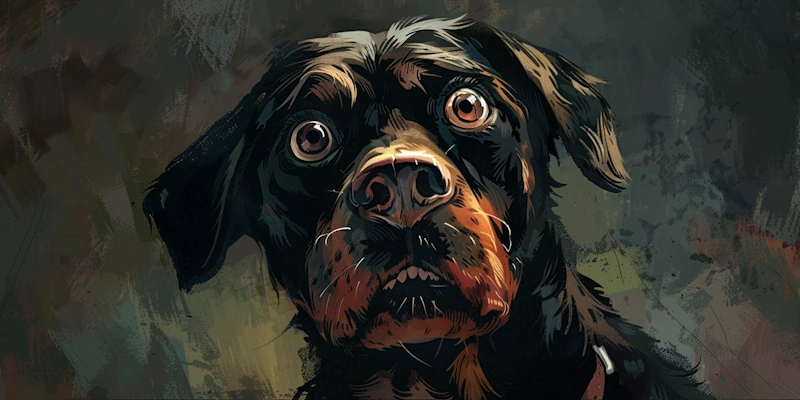Effective communication with your dog relies on understanding the body language of your dog. Dogs communicate through various physical cues, which can reveal their emotions and intentions. By learning to read these signals, you can strengthen your bond with your pet and ensure their well-being.
The Importance of Understanding Dog Body Language
Understanding the body language of your dog is crucial for effective communication. Dogs use their body to express emotions such as happiness, fear, aggression, and anxiety. Recognizing these cues allows you to respond appropriately, creating a more harmonious relationship with your pet.
Tail Position and Movement

The tail is one of the most expressive parts of a dog’s body.
A wagging tail usually indicates happiness and excitement. However, the speed and height of the wag can reveal different emotions.
- A slow, low wag can signify insecurity
- A fast, high wag shows enthusiasm
- A tucked tail suggests fear or submission
- Stiff, upright tail can indicate alertness or aggression
Ear Positions
A dog’s ears are also telling indicators of their mood.

- Erect ears usually signify attentiveness or curiosity.
- Ears laid back against the head can indicate fear or submission.
- Ears that are partially back may show indecision or slight anxiety.
Understanding these ear positions helps you gauge your dog's emotional state.
Eye Expressions

Dogs communicate a lot through their eyes.
- Soft, relaxed eyes usually mean your dog is comfortable and content.
- Wide, staring eyes can indicate fear or aggression.
- A dog that avoids eye contact is often showing submission or nervousness.
Paying attention to your dog's eyes can help you understand their feelings and intentions.
Mouth and Facial Expressions

- A relaxed dog often has a slightly open mouth, with a tongue hanging loosely. This indicates comfort and happiness.
- A closed mouth with tight lips can signify stress or anxiety.
- Growling, baring teeth, or snapping are clear signs of aggression.
- Smiling, with lips pulled back and teeth exposed, can sometimes show submissiveness or nervousness.
Body Posture

A dog’s overall body posture provides significant insight into their mood.
Understanding these postures helps you interpret your dog's feelings and respond appropriately.
Playful Behavior
Playful dogs exhibit specific body language.

Recognizing these cues allows you to engage positively with your dog.
Recognizing Stress Signals
Dogs show stress through various body language cues.
- Panting, yawning, lip licking, and shaking off are common stress signals.
- Avoidance behaviors, like turning away or hiding, also indicate discomfort.
By recognizing these signs, you can take steps to alleviate your dog's stress.
Conclusion
Understanding the body language of your dog is essential for effective communication and a strong bond. By paying attention to tail position, ear placement, eye expressions, and overall body posture, you can interpret your dog's emotions and respond appropriately. This knowledge ensures a happier, healthier relationship with your furry friend.